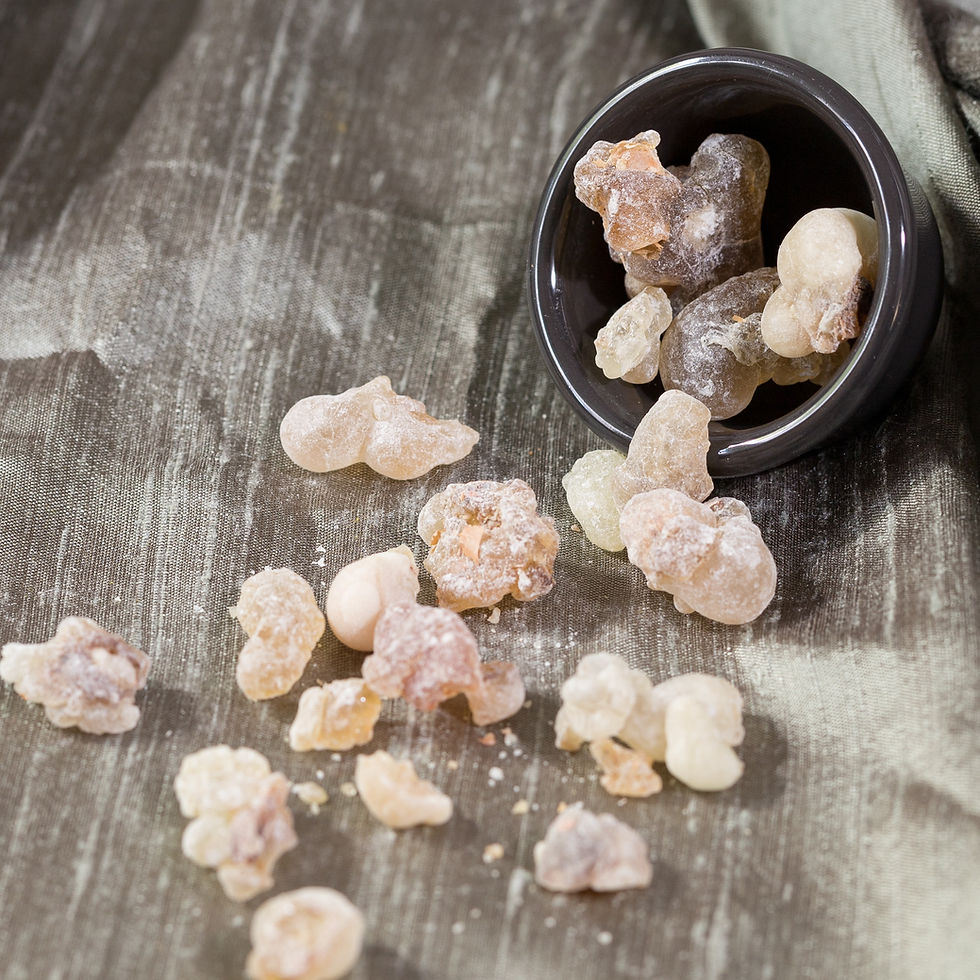Part 4- Increase your chances of falling pregnant
- Wendy Burke

- Jul 19, 2021
- 3 min read

Reduce your toxic Load
Look this is a HUGE subject and I’ll do my best to keep this brief but still informative for you.
In short, every day we are being exposed to a bunch of chemicals, some of which have the potential to mess with your hormones which can mess with your chance of getting pregnant.
Also – they don’t just mess with your chance of getting pregnant. They can mess with the health of your baby if you are exposed while you are pregnant as they cross the placenta.
Pregnancy, especially early pregnancy, is a really sensitive time for toxic exposure. If exposed early it can disrupt the maternal immune system and cause loads of health issues.
They are a class of toxic chemicals called “endocrine disrupting chemicals”.
Endocrine Disrupting Chemicals (EDC’s)attach themselves to the part of the cell where the hormone should go.
When the hormone attaches it is the start of a whole chain of reactions in the body but when the chemical attaches nothing happens and then it blocks the real hormone from attaching. This means two things;
• Your body doesn’t function the way it should because a whole cascade of reactions doesn’t happen that should.
• You have all these hormones floating around your body that should have attached to something else. Too many unused hormones can contribute to lots of health issues like cancers.
There have been countless scientific papers on how endocrine disrupting chemicals can affect reproductive health outcomes.
The impact of EDC’s is so well recognised now that in July 2021 the American College of Obstetricians and Gynaecologists have released an updated statement about reducing Prenatal Exposure to Toxic Environmental Agents.
They identify that;
“Toxic exposures related to reproductive and developmental health primarily have been associated with infertility and miscarriage, obstetric outcomes such as preterm birth and low birth weight, neurodevelopmental delay such as autism and attention deficit hyperactivity disorder, and adult and childhood cancer”
Some of the substances they have identified are; bisphenol A(BPA), cigarette smoke, flame retardants, solvents, formaldehyde, perfluorochemicals, pesticides, phthalates, lead, mercury, polybrominated diphenyl ether (PBDE), polychlorinated biphenyls (PCBs).
These are things that are found in some of our everyday substances.
What does this mean for you?
I am not trying to scare you or add to your stress here.
I acknowledge there are some exposures that are out of your control and it can seem overwhelming to know where to start with this huge topic.
In clinic I always say to start with the things that you CAN control.
Start with reviewing the things that you put on and in your body.
To that end, here are some thoughts for you;
Look at non-toxic beauty products. Many of the EDCs identified above can be found in beauty products. This includes moisturisers, make up, shampoo, conditioner, perfume, deodorants, tampons etc. And for the love of God, please do not consider getting a fake tan if you are trying to get pregnant. Resources here to explore further are The Campaign for Safe Cosmetics Australia and The Environmental Working Group.
Look at non-toxic cleaning products. For the same reason as above.
Ditch the plastic storage containers, especially for hot food. This is a big one for BPAs and phthalates which are two of the most well researched EDCs.
Review your non-stick cookware, they often contain perfluorochemicals.
Explore pesticide free fruit and vegetables. I get that swap over can be expensive. Start with the Environmental Working Groups Dirty Dozen and Clean Fifteen list that is reviewed annually. It lists the products that have the most chemical residue and the least chemical residue.
Look at seafood consumption and origin. Did the seafood come from an area that is likely to be highly industrialised and polluted? Mercury is higher in bigger fish such as shark, swordfish, king mackerel and tilefish.
Addressing just these areas will go a long way to lowering your toxic load.
Written by Wendy Burke
-01.jpg)



Comments